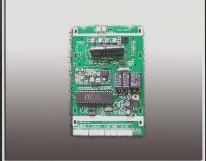Software QUICKPCB 2005 V3.0 and PCB Grounding Techniques
The QUICKPCB 2005 V3.0 motherboard duplication software enhances design efficiency with features like easy layout tools, support for up to 32 layers, and improved design accuracy, while also addressing power and ground line management and inspection guidelines for optimal PCB production.
Software QUICKPCB 2005 V3.0 and PCB Grounding Techniques Read More »










